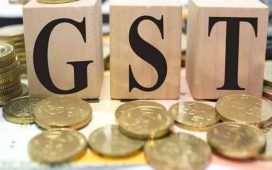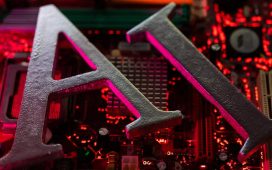
The US has a long haul ahead in regaining its comparative advantage in semiconductors. It needs to make substantial investment in research to enhance its technological superiority. It must rebuild domestic conductor manufacturing that has been outsourced to Asia. And it needs to build a global supply chain to feed its chip-making capacity. These concentric objectives involve a large realignment of policy, from education funding in the US to investments in South America and deeper trade relations with Asia. China will, meanwhile, keep chipping away at the US intellectual property moat, offer appealing alternatives to near-shoring, and pull Asia into a tighter manufacturing embrace. Semiconductor superiority is nowhere near a done deal for the US.
The AI race is likely to intensify Sino-US competition over chips. American companies need access to data that China collects to train their AI models. Tesla is betting on Baidu for self-driving cars. Google and Microsoft data centres in China could provide access to restricted Nvidia chips. A full-blown trade war over semiconductors is still rhetoric on the US side.










